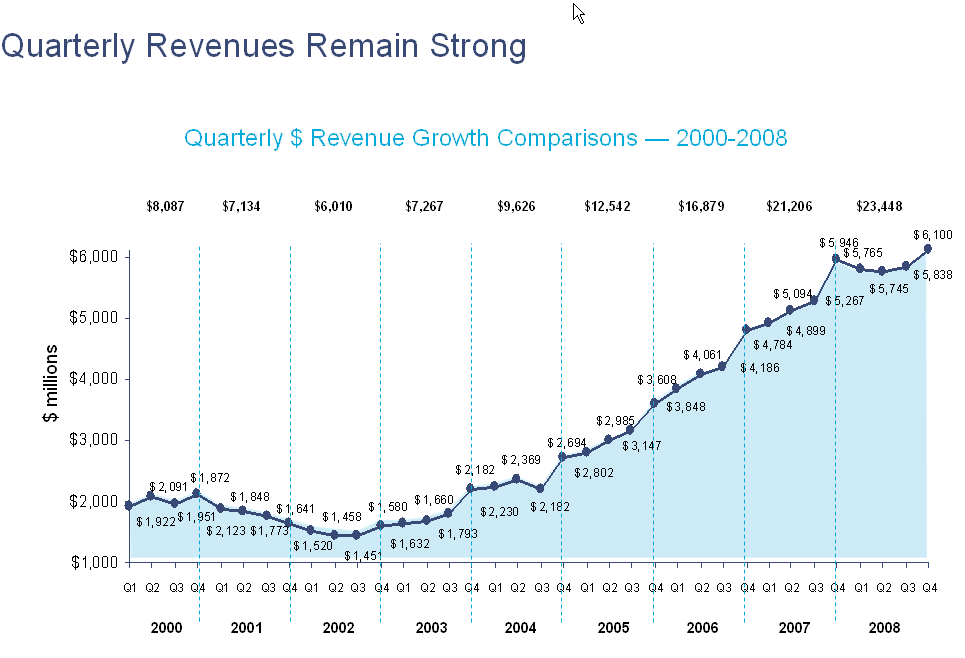Once you are able to recognize it, you can see the impacts of trust in practically every field of human endeavor.
For example; much has been said about the newspaper industries decline. And while I don't buy into the "sudden death" line of thought, there is no doubt that they still have a long way to fall before the industry is able to stabilize itself.
A lot of the thinking is framed in the following way.
Since 9/11 Google has aggregated news. This has shown the world that a resource they believed was scarce and of value - was actually a commodity. Valuable still, but a commodity nonetheless. Every time a news story breaks you can immediately find a dozen different versions of the same story on the Google news site.
Therefore, the logic goes, we are used to receiving our news a different way now, and we therefore purchase less newspapers. Less newspapers mean less circulation and less circulation means less contact with a sought after demographic.
And the lower circulation (READ: contact) with the general public has made the entire medium less desirable to advertisers. Fair enough. It is a logical argument, and I am pretty sure that the way we receive and read news is one of the driving factors. (At least it is in my case)
But it is far from the only reason.The charts below came from information that is publicly available from the Newspaper Association of America .
The graph above shows the relationship between paid circulation and advertising and it shows some pretty stark facts.
Paid circulation for daily newspapers actually reached their zenith at around 63,340,000 copies. A huge figure, no wonder they used to earn a lot of money.
But surprisingly, even once newspaper circulation rates started to collapse downwards, the advertising revenues continued to rise. Revenues from Print Advertising actually peaked at $48.6 Billion in 2000 when circulation had crumbled to 55,773,000. (A drop of approximately 8 million copies)
So is paid circulation actually to blame? It has been falling for a long time while the advertising revenue was actually rising. The fall off since 2000, their highest revenue year, is undoubtedly linked to Google news and other aggregation phenomena.
But again - this hasn't impacted their revenue in the past. Quite to the contrary. There are another set of figures that really tell the tale better.
This is taken from the TechCrunch site which was in turn taken from a report written by PWC on teh growth of the online advertising market. Recommended reading.
This shows the real culprit - online advertising. A trend that has quickened with the advent of the Google Adwords platform, pay per post, Text links, affiliate advertising and a whole range of diverse online offerings.
In the hey day, even as late as 2000, display advertising was a "faith based initiative".
Faith that consumers would act if they saw the ad 8 times (O whatever the figure is) and faith that the up-tick in our business is the result of the repeated high cost adverts we have been running.
But...using Adwords faith is replaced by certainty. We are certain that our ads were clicked on X times, and we are certain that this resulted in a Y% conversion rate, and we are certain that this translates directly into a revenue of $XXX.
Trust can exist without hard evidence. But when it is compared with something designed to achieve the same result, (the telephone rings, we receive an email, or the product gets sold) then the one with certainty wins over the one requiring faith.
Science and religion...
A bird in the hand is worth two in the bush...
...and online advertising versus the old print mode.
People are quicker to trust what they can be sure of.



